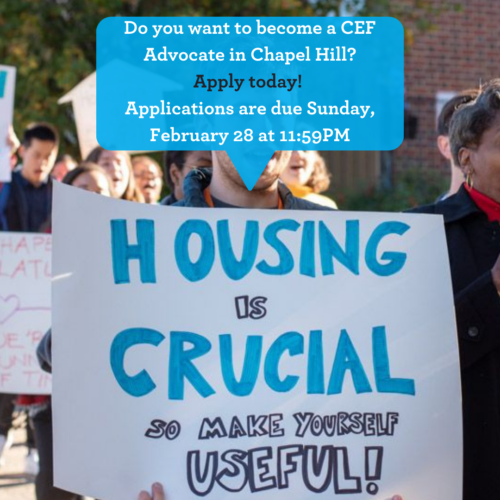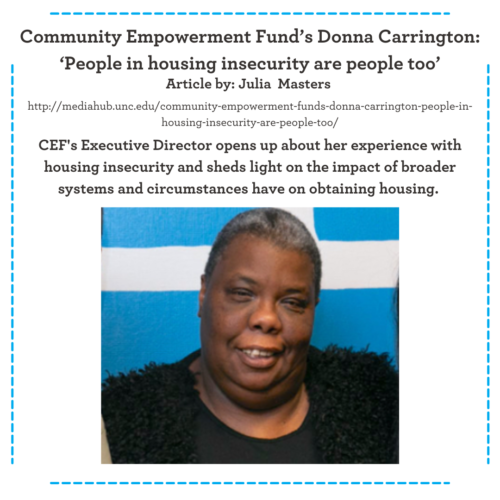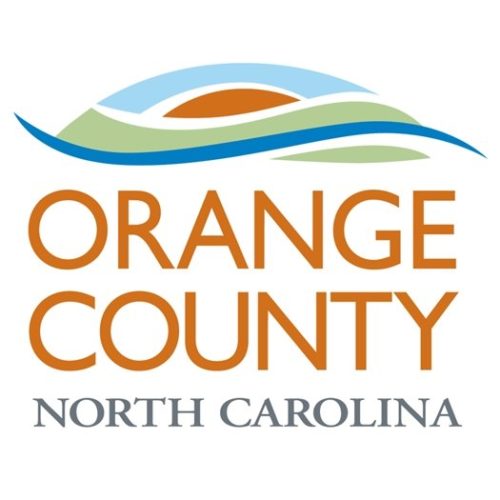2020 Annual Report
We are a Resilient Community
As CEF has grown and blossomed over the years, we have been reminded, time and again, of the importance of being nimble and adaptive as we grow. As you will see in this report, 2020 was no different. In the enclosed stories you will learn how CEF responded to COVID-19 through articles and reflections from CEF’s staff. The report also shares more information about our quantitative impact and our year-end financials. This report is dedicated to the CEF Members who moved on in 2020, we hope you will hold them in your hearts and minds as you read.
2021 Spring Appeal Reminder!
Through June 30
We are near the halfway point of our 2021 Spring Appeal! New and returning donors will be matched for up to $5,000 thanks to Epworth United Methodist and an anonymous donor!
Aside from donating, there are several ways you can help contribute to CEF’s 2021 Spring Appeal! You can like and share Spring Appeal posts you see pop up on our social media outlets (Facebook, Instagram, and Twitter). Go to our Facebook page and share the fundraiser with your friends (add a little note about why CEF’s work is important to you!). You can forward this newsletter to friends who might be interested in supporting CEF’s ongoing work to end the racial wealth gap!
Thanks to everyone who has already donated and supported us during this year’s Spring Appeal!

Congratulations!
Duke and UNC Class of 2021
May means it is graduation time! The class of 2021 is moving on to the next chapter of their lives and CEF wishes them all the best. CEF is grateful for our relationships with Duke & UNC and the wonderful, committed, kind-hearted people who decide to become Advocates. Congratulations Class of ’21! We hope you continue to stay part of this resilient community.
CEF is Hiring!
Strategic Planning Consultant
The Community Empowerment Fund is seeking an experienced strategic planning consultant to design and facilitate a participatory planning process that will create a 5 year strategic plan for the organization. Submission deadline is June 15. To learn more and apply click the button below.

Thank you Duke Progress Period and WISER!
Supplying CEF Durham with menstrual products for our community!
In early April, the Duke chapters of Progress Period and WISER held a menstrual products drive for CEF’s Durham office. The drive produced over $500 worth of menstrual products to distribute to the CEF community.
WISER works with girls to transcend poverty, HIV/AIDS, and gender-based violence by creating environments that empower young women to drive change in their communities.
Progress Period is a global, youth-powered non-profit that is fighting to end period poverty and period stigma through service, education, and advocacy.
CEF thanks the Duke chapters of these organizations for strengthening our community!

Resources of the Month
Orange County Resource of the Month:
This month, Diiv would like to highlight the Emergency Broadband Benefit (EBB). The EBB is an FCC program to help families and households struggling to afford internet service during the COVID-19 pandemic.
The EBB will provide a discount of up to $50 per month towards broadband service for eligible households and up to $75 per month for households on qualifying Tribal lands. Eligible households can also receive a one-time discount of up to $100 to purchase a laptop, desktop computer, or tablet from participating providers if they contribute more than $10 and less than $50 toward the purchase price. The EBB is limited to one monthly service discount and one device discount per household.
Enroll by visiting GetEmergencyBroadband.org
Durham County Resource of the Month:
This month, Debbie would like to highlight the Durham Emergency Rental Assistance Program (ERAP). The ERAP is open to all Durham Residents that make 80% Area Median Income or less and are obligated to pay rent for a residential dwelling. Applicants must have experienced a hardship due to COVID-19 and demonstrate a risk of housing instability or homelessness. All applicants will need an email address to register.
The Community Empowerment Fund will support anyone in need of assistance with an application. If you are in need of assistance pleasecontactourDurham office at 919-797-9233. The application can be found at https://durhamerap.dconc.gov/cares
This project is supported, in whole or in part, by federal award numbers ERA0207, awarded to the City of Durham, and ERA0422, awarded to Durham County, by the U.S. Department of the Treasury.

Office Availability Updates
When are the offices open?
The Durham office has no closures and no changes to hours this month. The Chapel Hill office is closed June 1 and 2. Any new updates regarding hours will be shared via email and social media.
CEF Durham’s Office Hours:
Monday – Thursday: 10:00 am – 12:00 pm & 1:00 pm – 3:00 pm
Thursday: 5:00 pm – 7:00 pm
Friday: 1:00 pm – 3:00pm
CEF Chapel Hill’s Office Hours:
Monday-Thursday: 10:00am – 12:00pm
Monday-Thursday: 1:00pm – 3:00pm
Thurs: 5:00pm – 7:00pm
CLOSED: June 1, 2
Can I still make a virtual appointment?
Yes! CEF Members with the capacity to meet through online video chat software (like Zoom, Skype, or Google Meet) or over the phone will be encouraged to continue with this option. You can specify this option when you call the office to make an appointment.

P.S. SAVE the DATE:
2021 Piggy Bank Bash presented by the Center for Intentional Leadership
CEF is once again holding the Piggy Bank Bash, presented by the Center for Intentional Leadership, virtually Monday, November 8, 2021! Tickets are free, though registration is required. We strongly encourage hosting house parties with people you feel safe interacting with. More details to follow.





































